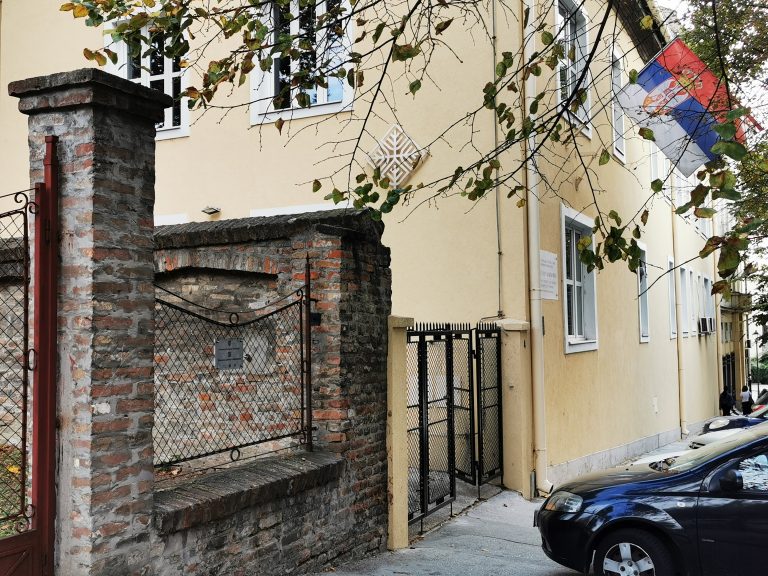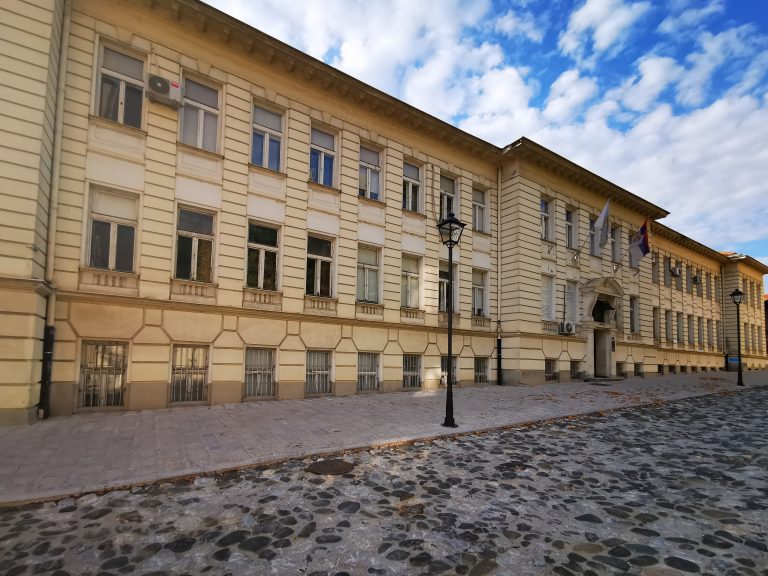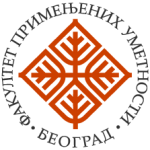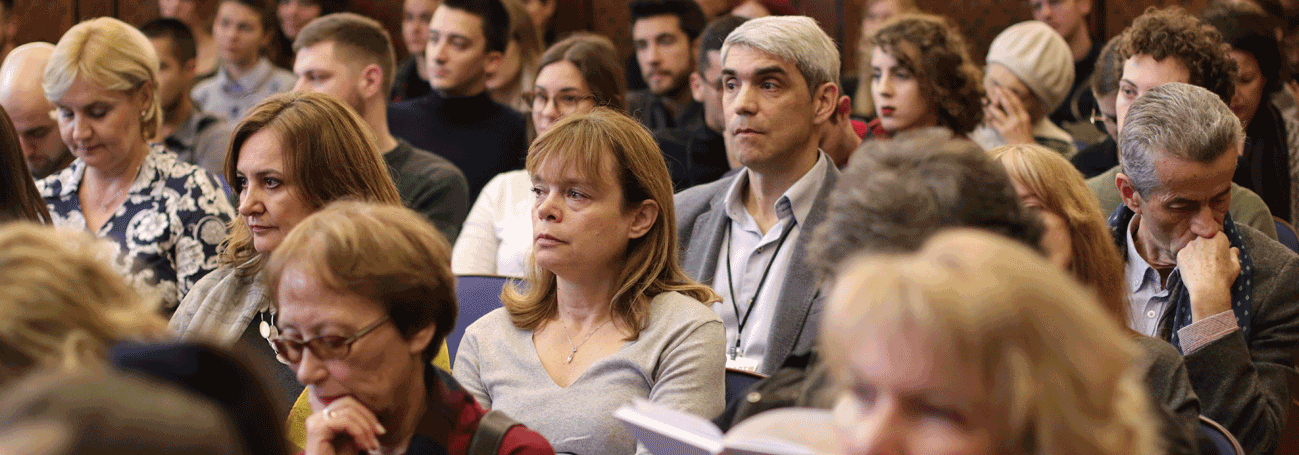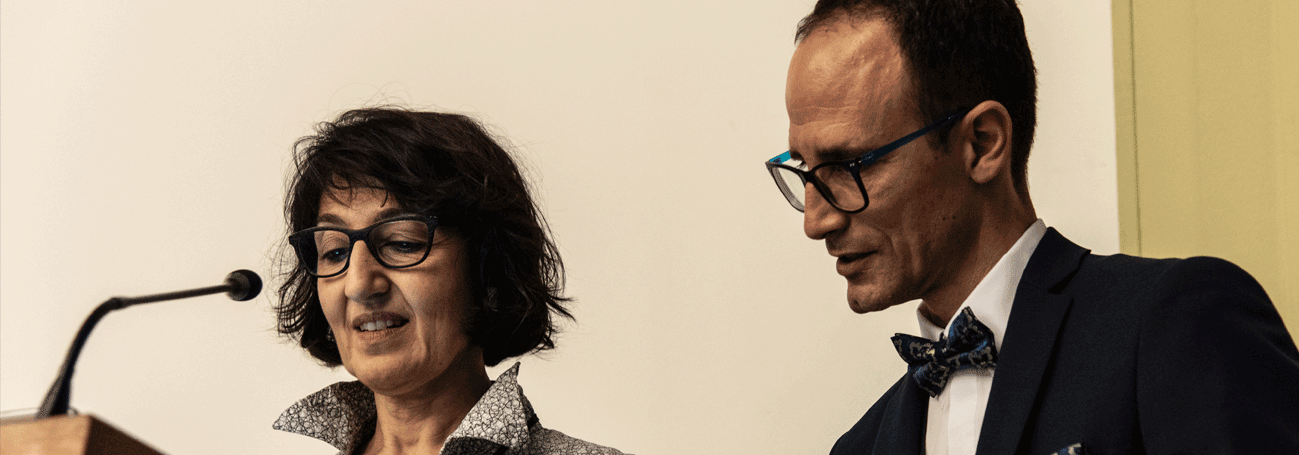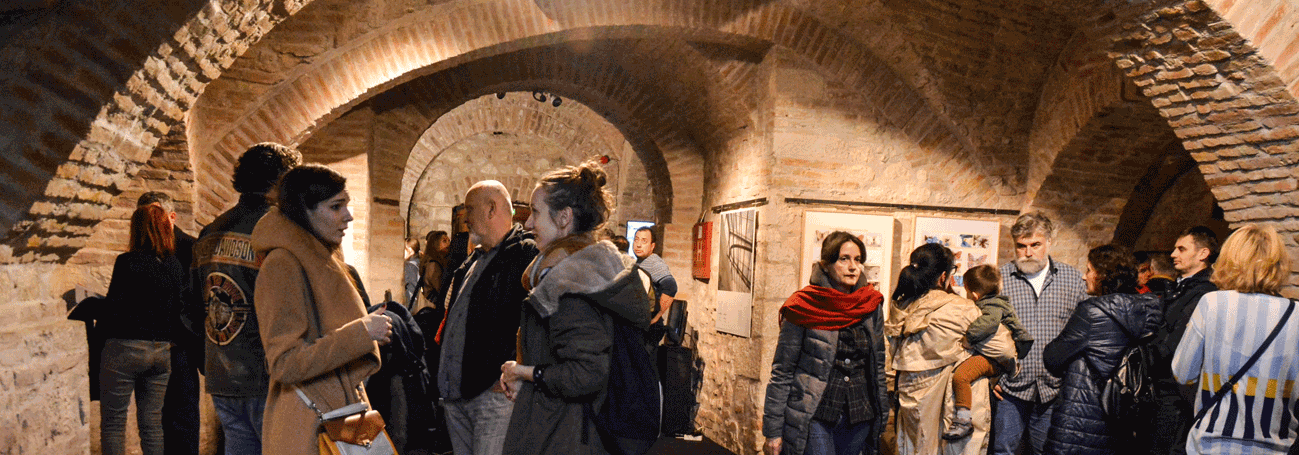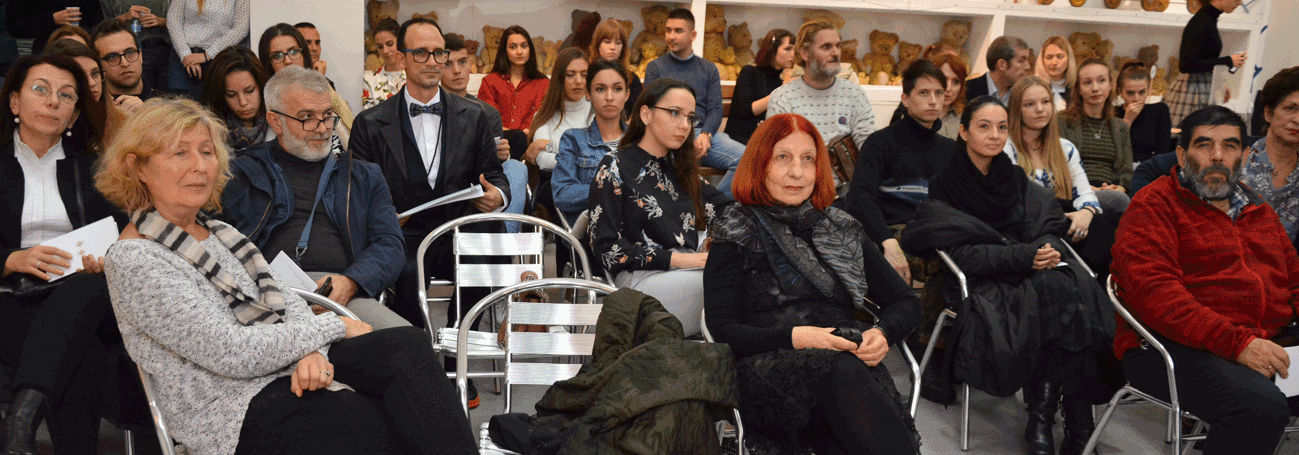The Faculty of Applied Arts in Belgrade is the academic center of artistic, research and scientific activity, closely connected with the most diverse areas of our existence, material culture and social environment.
The complexity of studies at the Faculty is reflected in the plurality of artistic fields it covers. Studies are organized through eleven departments, with workshops and classrooms with the necessary equipment. Traditional techniques are represented along with the latest technological achievements, so that teaching programs and equipment are innovated in accordance with modern requirements, not neglecting the importance of cultural heritage. The Department of Social and Human Sciences provides the necessary theoretical framework for studies. Particular attention is paid to subjects important for artistic expression, presented during the whole undergraduate studies.
Although the Faculty of Applied Arts in Belgrade recently celebrated 70 years of its existence, the history of this school began in the turbulent context of Serbian society at the end of the 19th century. The beginnings of organized teaching in the field of applied art with a defined program reach in 1895, within the framework of the Serbian School of Drawing and Painting of Kiril Kutlik. The teaching of applied arts to a certain extent took place later in the School for Art & Craft, the successors of Kutlik’s educational concept, and then very specifically within the Secondary School of Applied Arts. It was founded in 1938, and some of the most important figures of the Serbian art of that time were its first professors. Three years after the end of World War II, in 1948, the school was upgraded to the Academy becoming the first higher education institution in the field of Applied Arts. In the year 1973, it changed its name to the Faculty of Applied Arts.
In its development and complexity, this higher education institution, although often faced with unfavorable working and support conditions, had an immeasurable effect on the presence and vitality of applied arts, as well as its significance for esthetisation and transformation of reality and society in a domestic and wider context.
Today it is an institution with a curriculum at all levels of academic education (undergraduate, master, and doctoral studies) defined in three study programs with fifteen modules in elementary and master studies, and one, multidisciplinary study program at doctoral studies, where artistic research and practices fusion with theoretical and scientific frameworks. Its professors and students are active participants in numerous domestic and international events, winners of significant awards and recognition, and are involved in contemporary trends in the development of various disciplines of applied arts.
